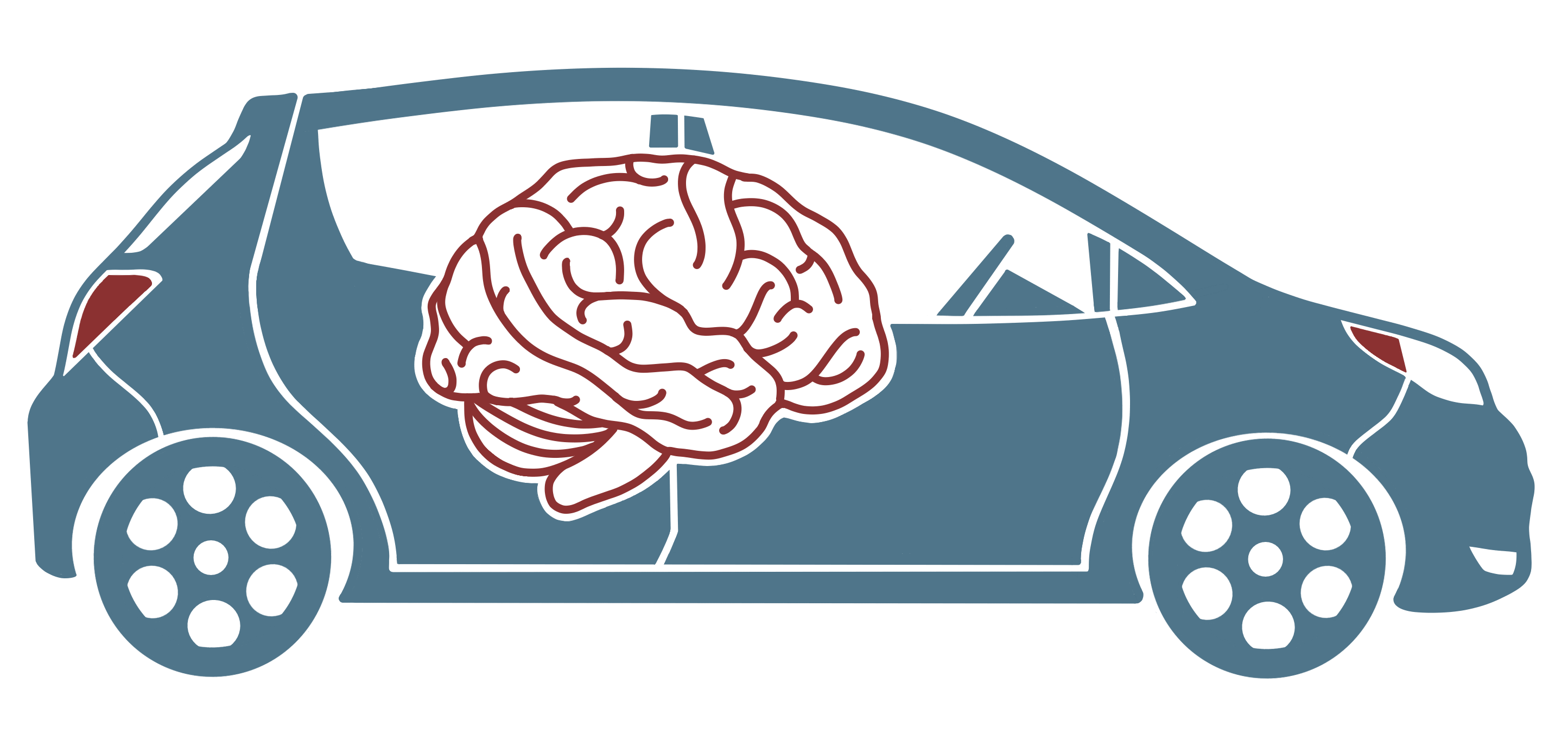The Action2Zero learning centre contains knowledge and tools for communities to help raise awareness of road safety issues and assists communities to monitor and measure progress as well as program outcomes. Action2Zero supports the work of local governments and their road safety partners by sharing current knowledge about the roles of the various community partners, effective interventions and developing integrated and comprehensive community road safety plans.
Action2Zero has been developed to meet the needs of a wide spectrum of diverse stakeholders. A key component of Action2Zero is the Safety Assessment Tool (SAT), a comprehensive, web-based tool designed to: assess the progress that a community is making towards achieving 5-star community status; identify which measures in the various strategies have been implemented in the community; and identify areas where greater efforts are required to achieve the 5-star community status. Ultimately the outcome will be a clear picture of possible changes required and the identification of the expertise and resources required to achieve the 5-star status.
Community road safety programs are needed to support provincial/national road safety initiatives that target major crash and injury factors using police enforcement, mass media campaigns, vehicle safety policies and major road infrastructure improvement programs. Often, residents of communities need help to identify the issues being promoted as personally relevant to them. This personalization and localization of programs is a vital role in achieving the maximum improvement in the reduction of road trauma. Local community action and the involvement of local people is the only way this personalization and localization of road safety issues can be achieved.
Action2Zero contains several modules including:
- Fundamentals of Road Safety. This module describes why road safety is important in a community, what constitutes a 5-star community and, why traffic safety culture is a vital component of effective road safety programs. It also provides examples of initiatives involving a variety of organizations working together in communities and presents information on ways in which stakeholders can become engaged.
- Guiding Approaches to Road Safety. This module summarizes a variety of foundation programs that are underway nationally and internationally. It includes overviews of programs such as Towards Zero Road Deaths, the Safe System Approach, Healthy Communities and Active Transportation.
- Safety Assessment Tool. This module contains an online assessment tool and user guide have also been designed to guide the selection of stakeholders and the collection of relevant data that can be used to create a baseline measure of community road safety strategies and programs. This checklist guides users through a series of questions related to different priority areas related to road safety in the community. It also includes a second assessment tool that focuses on school road safety programs and plans.
The User Guide, housed within the SAT, contains criteria to inform the selection of stakeholders who should participate in the assessment and identify how and when the assessment should be conducted. It also introduces users to the checklist to gauge knowledge, action and commitment of partners to improve road safety, as well as their capacity and capability. It is based on a systematic approach that adheres to Safe System principles. The guide also provides access to more detailed information about key topics.
- Partners, Plans & Committees. Many communities across Canada have developed Road Safety Plans. Most support Canada’s Road Safety Strategy and are aligned with the Safe System Approach. This module provides details and processes required in the development of a community road safety plan and also presents several examples.
- TIRF Education Programs. This section of the website describes some of the other free educational resources available from TIRF and how they can assist in improving road safety in the community.
Action2Zero also includes information sheets, links to appropriate research topics, program materials, experiences from other jurisdictions, and examples of practice.
Effective community road safety programs focus on local issues that indicate an elevated risk of injury or death. Making road safety a priority in communities and delivering effective programs will seek to create safe behaviours, safe roads and roadsides and access to safe vehicles. The Action2Zero learning centre provides communities with programs and tools to assist them in accomplishing their goals of reducing injuries and deaths from road traffic crashes in their community.







